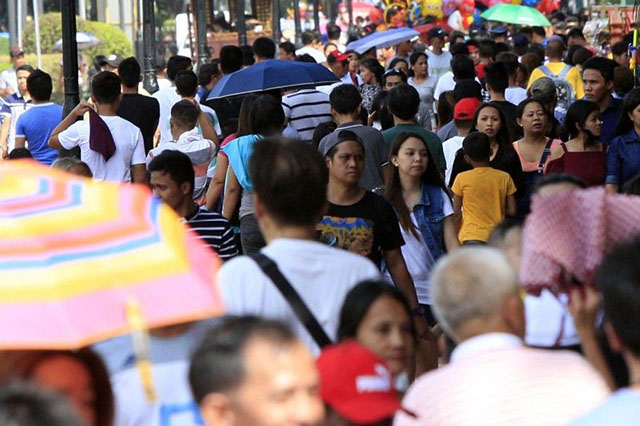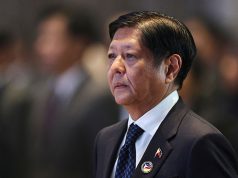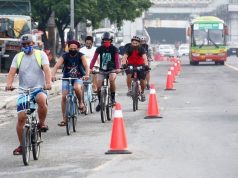
Polling firms regularly release electoral surveys to gauge the public’s preferences among aspiring and returning politicians.
Pulse Asia previously released the latest results of the Filipinos’ preference on senatorial candidates of the 2019 midterm elections as of February 2019.
Most of the ones on the “Magic 12” slate are candidates endorsed by the administration through PDP-Laban and presidential daughter Sara Duterte-Carpio through Hugpong ng Pagbabago.
The Social Weather Stations (SWS) in February 2019, meanwhile, released a commissioned survey that showed Grace Poe, Cynthia Villar, Lito Lapid and Pia Cayetano on the top list.
The two polling firms are known to conduct surveys months before the election period to gain insight into the public’s disposition on who they want to support as their next leaders.
Pulse Asia in its website noted that it conducts surveys as a means to monitor “salient” issues. It believes “a periodic measurement of the public pulse is a key ingredient for creating a robust democracy.”
SWS shared that its surveys are done to inform the public about social conditions and social concerns, build a conscientious spirit and offer an understanding of the solutions to key issues.
The organizations conduct two types of surveys — commissioned and non-commissioned.
Commissioned surveys are those that are paid by candidates, supporters, companies or industry groups.
Non-commissioned surveys, on the other hand, are conducted on behalf of subscribers who have face-to-face discussions with a survey’s company panel of academics who did the research. It is usually done out of the organizations’ initiatives.
How surveys are conducted
Social Weather Stations
SWS conducts its surveys in five ways: Formulates the questionnaire, determines its sampling size, selects and orients respondents, conducts interviews, processes data and analyzes the information.
Leo Laroza, SWS director for communications and information technology, shared the polling company’s methodologies in a 2017 interview with CNN Philippines.
He said the formulation of questions is intensive in itself. Every question undergoes a “series of pre-testing” where it is supposed to be understood by test respondents of different backgrounds.

A sample size is scientifically determined to reflect the opinions of respondents from Metro Manila, Luzon, Visayas and Mindanao. It is the number of people that represents a part of a group of people.
“All municipalities of Metro Manila are typically included; for the rest of the areas, locations are selected based on the adult population. For each major study area, 300 responses must be collected over the course of three days,” the report states.
Respondent are interviewed per household. They must also be at least 18 years of age to represent the voting population.
These respondents are briefed by an SWS staff member who informs them that participation is voluntary, their identities are kept confidential and that there are no right or wrong answers.
The interviews are done by the polling firm for four days and are conducted face-to-face with pen and paper.
Once the results are in, it is processed, analyzed and then disseminated. Oftentimes, SWS disseminates the information with the help of a media partner.
Pulse Asia
Unlike SWS, Pulse Asia does not necessarily disclose its methods of conducting surveys but it releases technical reports in accompaniment of a survey.
Based on the technical report done on the polling firm’s “2019 Elections: Senatorial Preferences” conducted in January 2019, it uses four methods of conducting a survey.
Pulse Asia prepares questionnaires (which are translated into different dialects), supervises interviews, encodes data and processes it for analysis.
The questionnaires are translated into different dialects by language experts so that people from other regions can understand it.
In the case of the January 2019 survey, the polling firm gathered 1,800 registered voters as a sample size, although it typically employs 1,200 respondents.
The respondents for the specific survey were gathered from the National Capital Region, Northern and Central Luzon, South Luzon, Visayas and Mindanao.
Interviews are conducted for six days in a face-to-face manner with the supervision of Pulse Asia’s staff. Similar to SWS, they only get a single respondent from a household.
Data is then double checked before it undergoes coding. It is then processed, analyzed and then later on disseminated. — Artwork by Interaksyon/Uela Badayos









